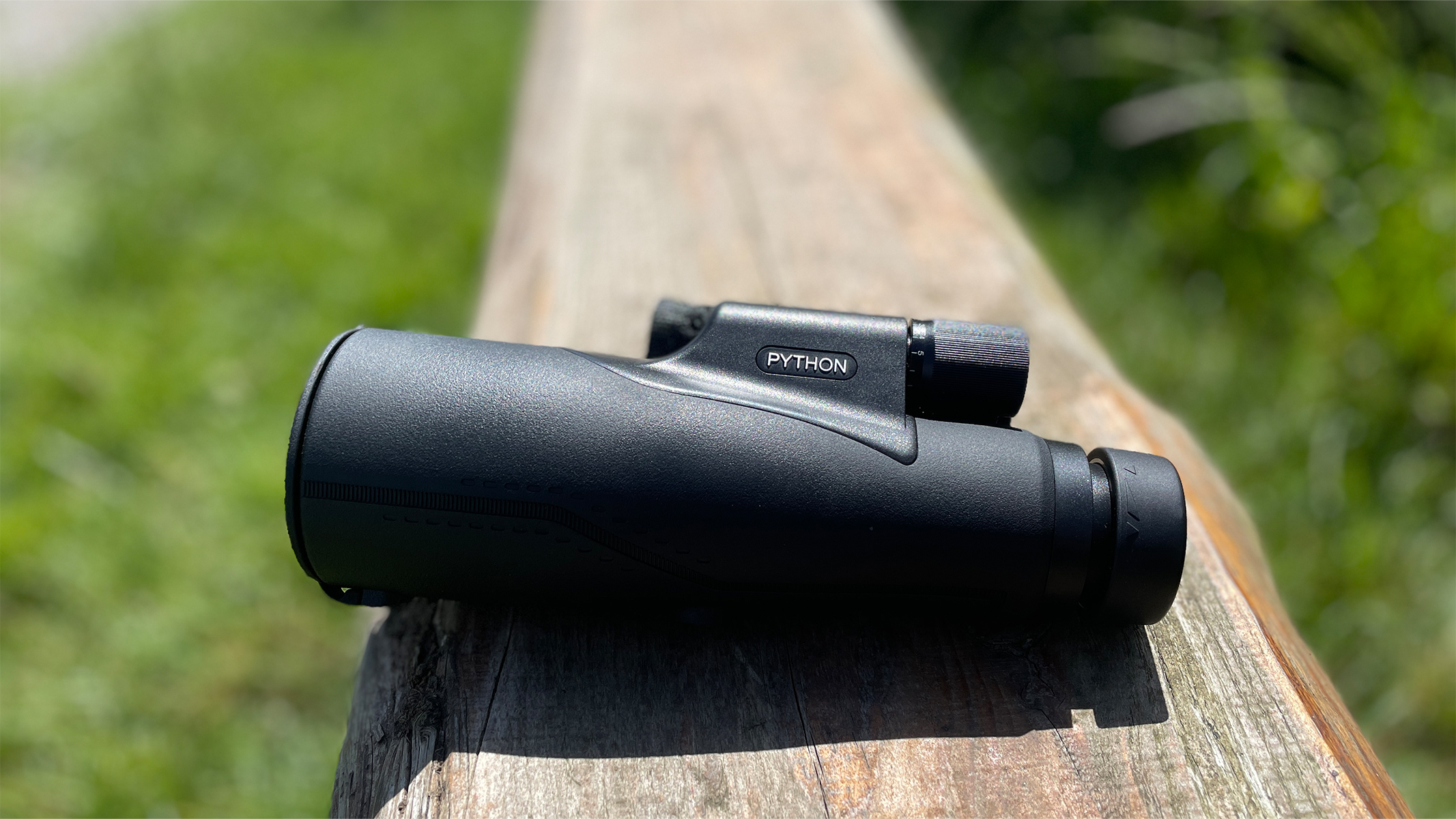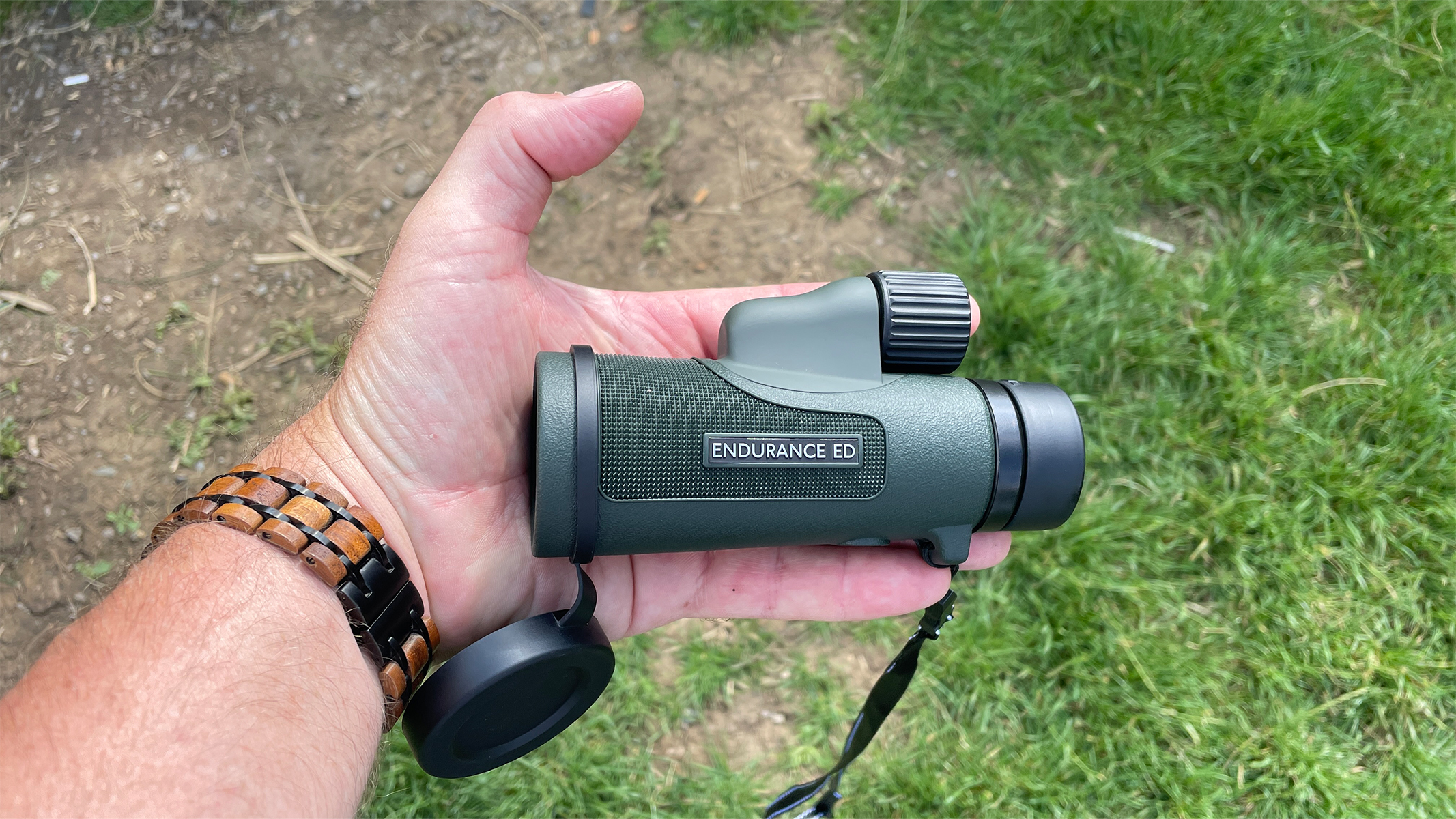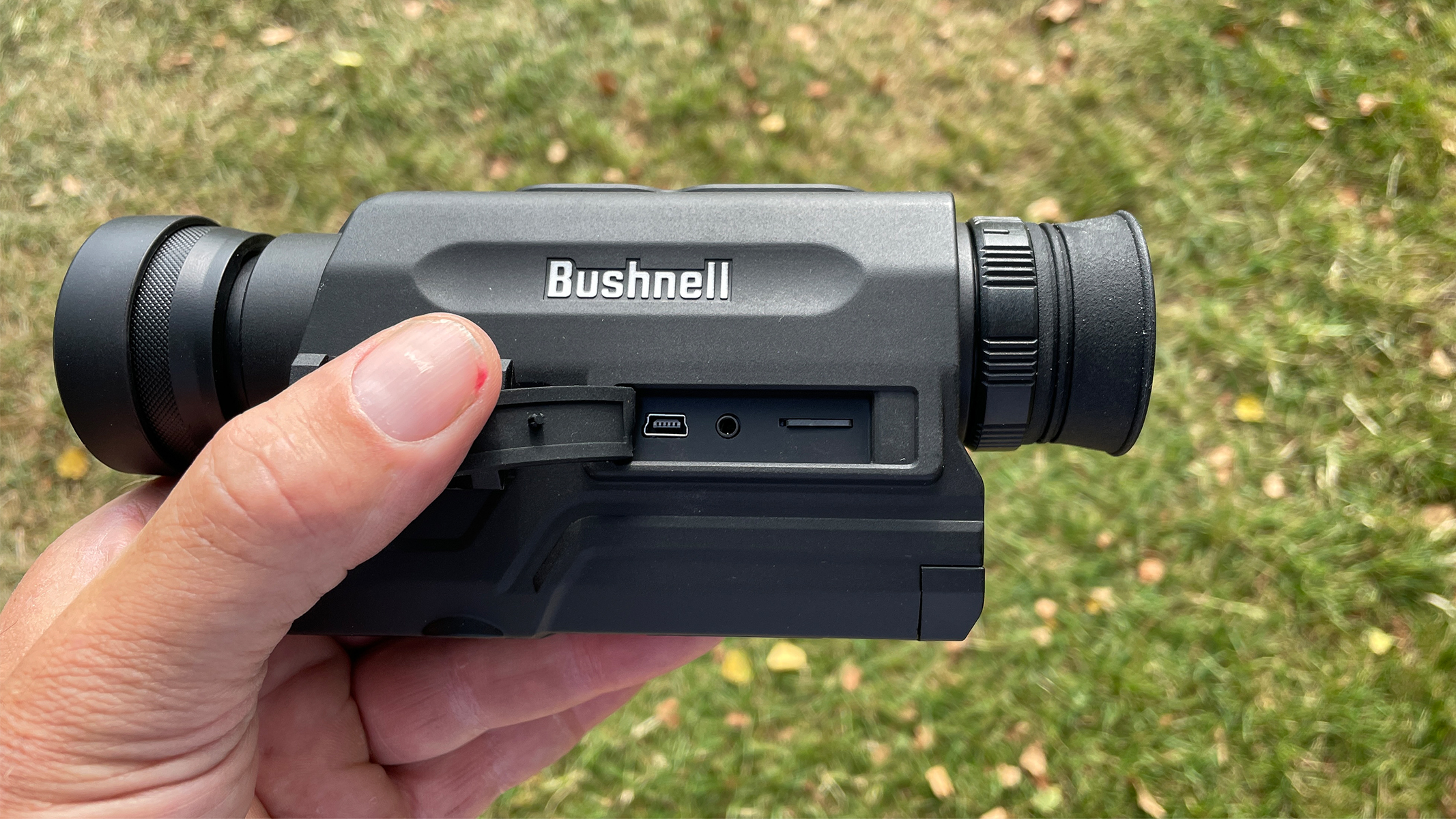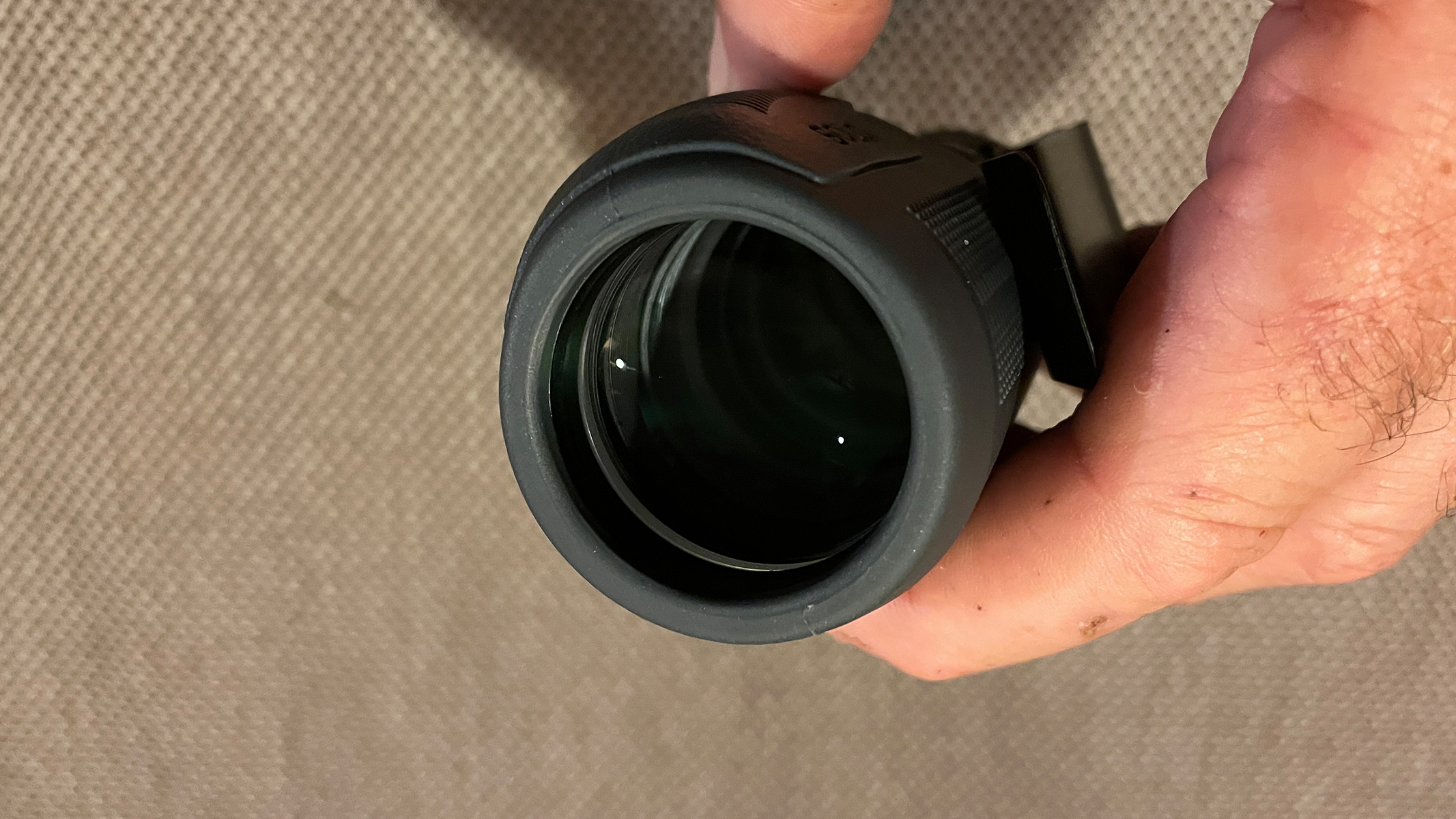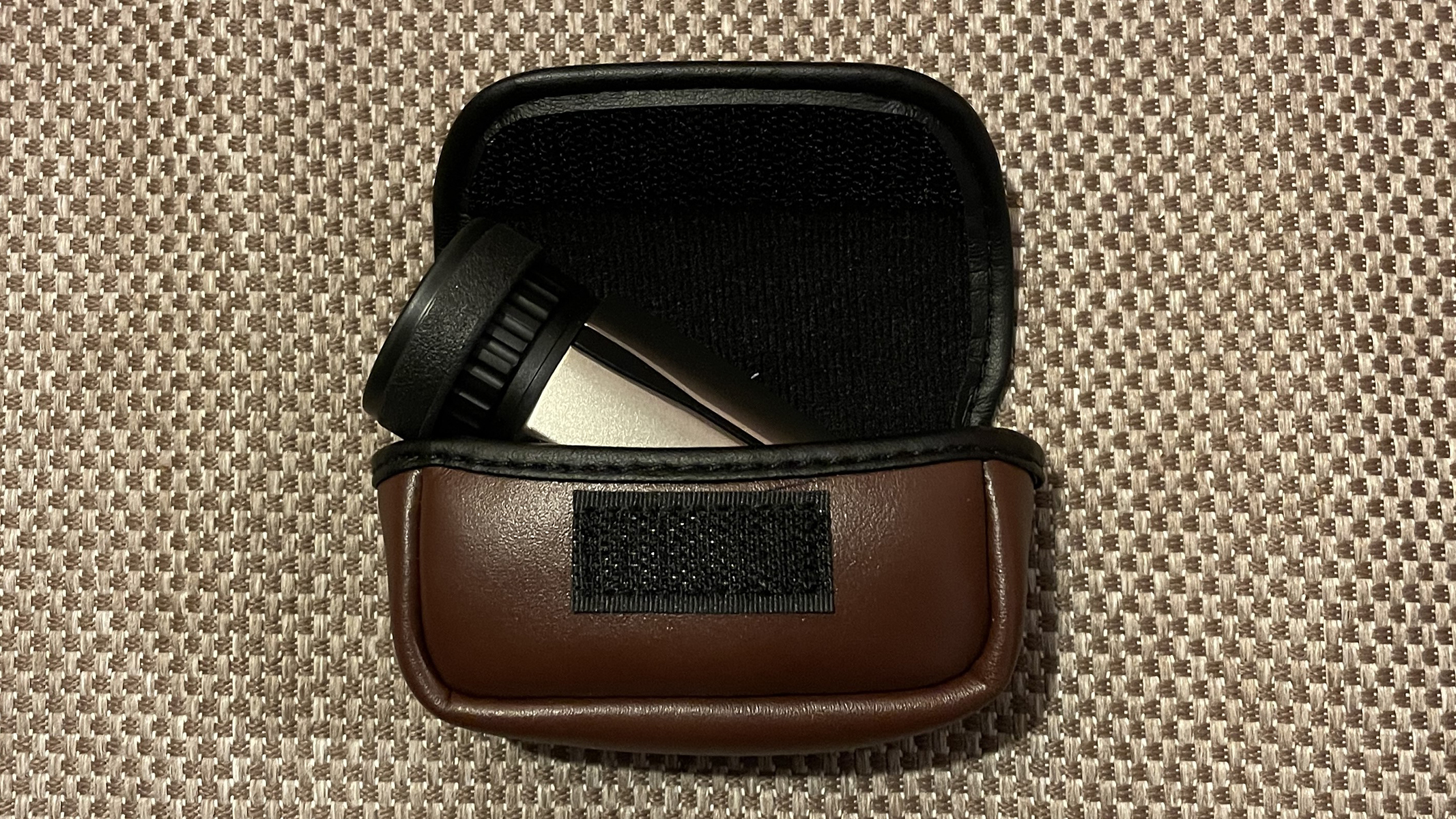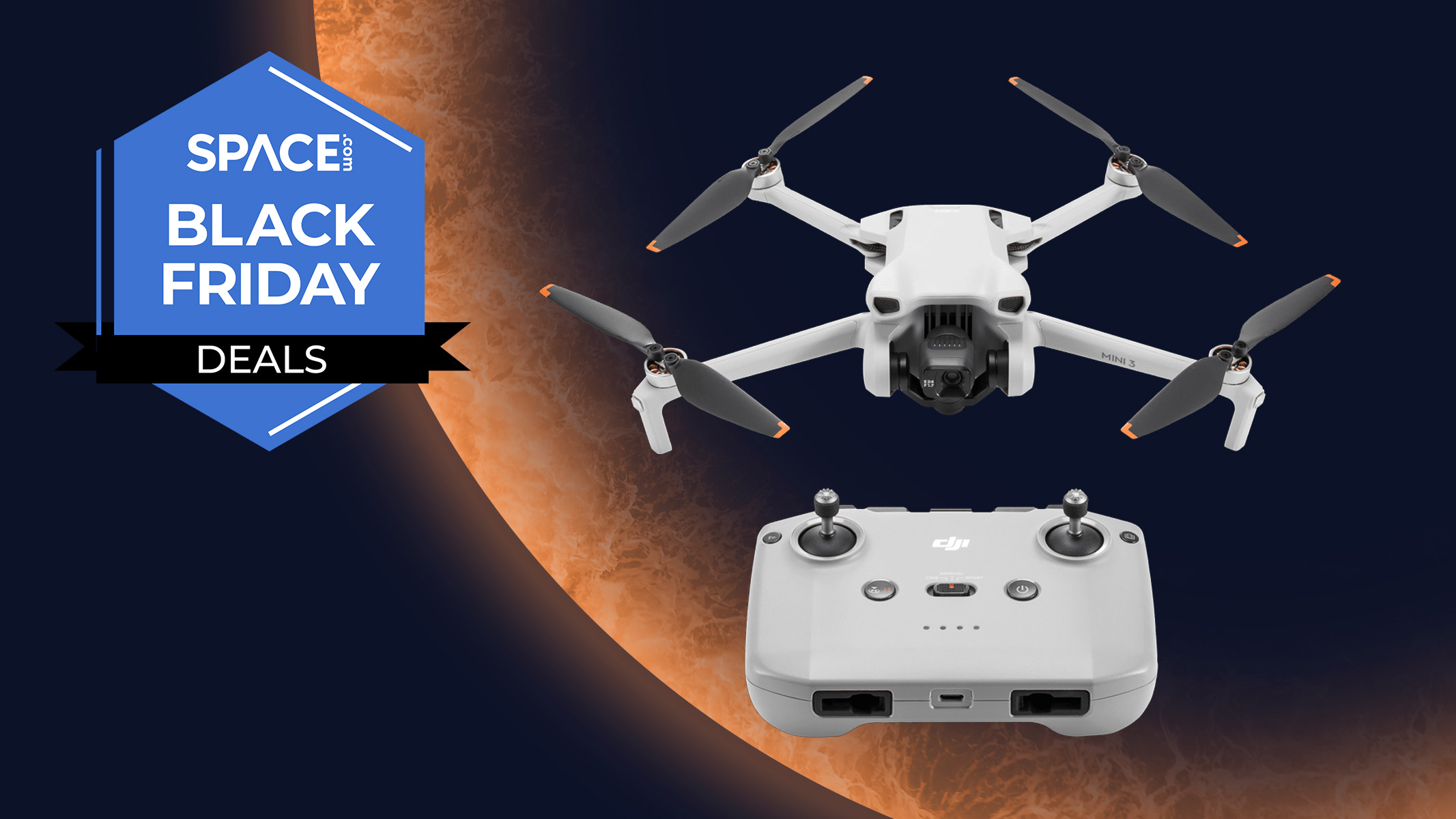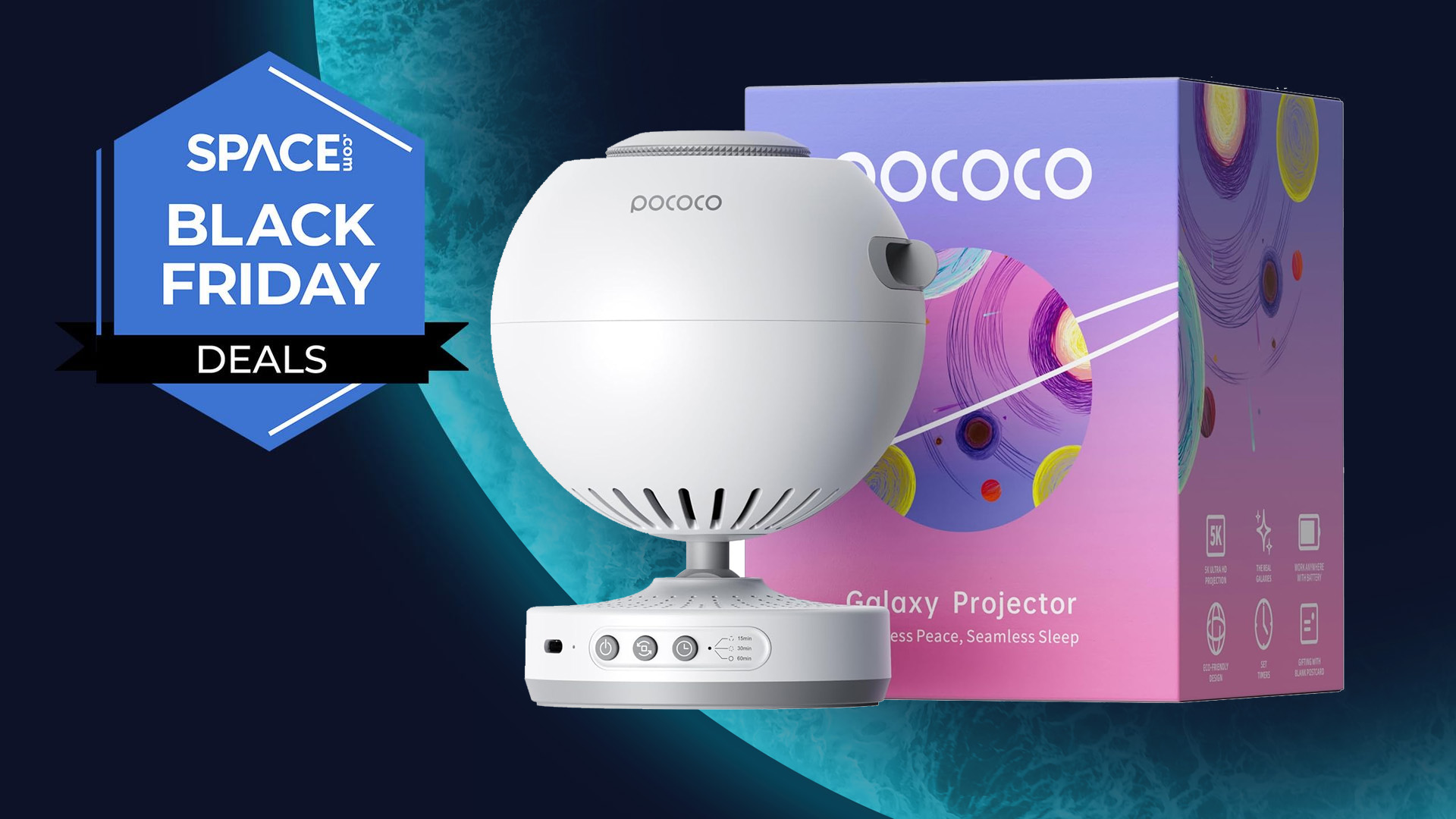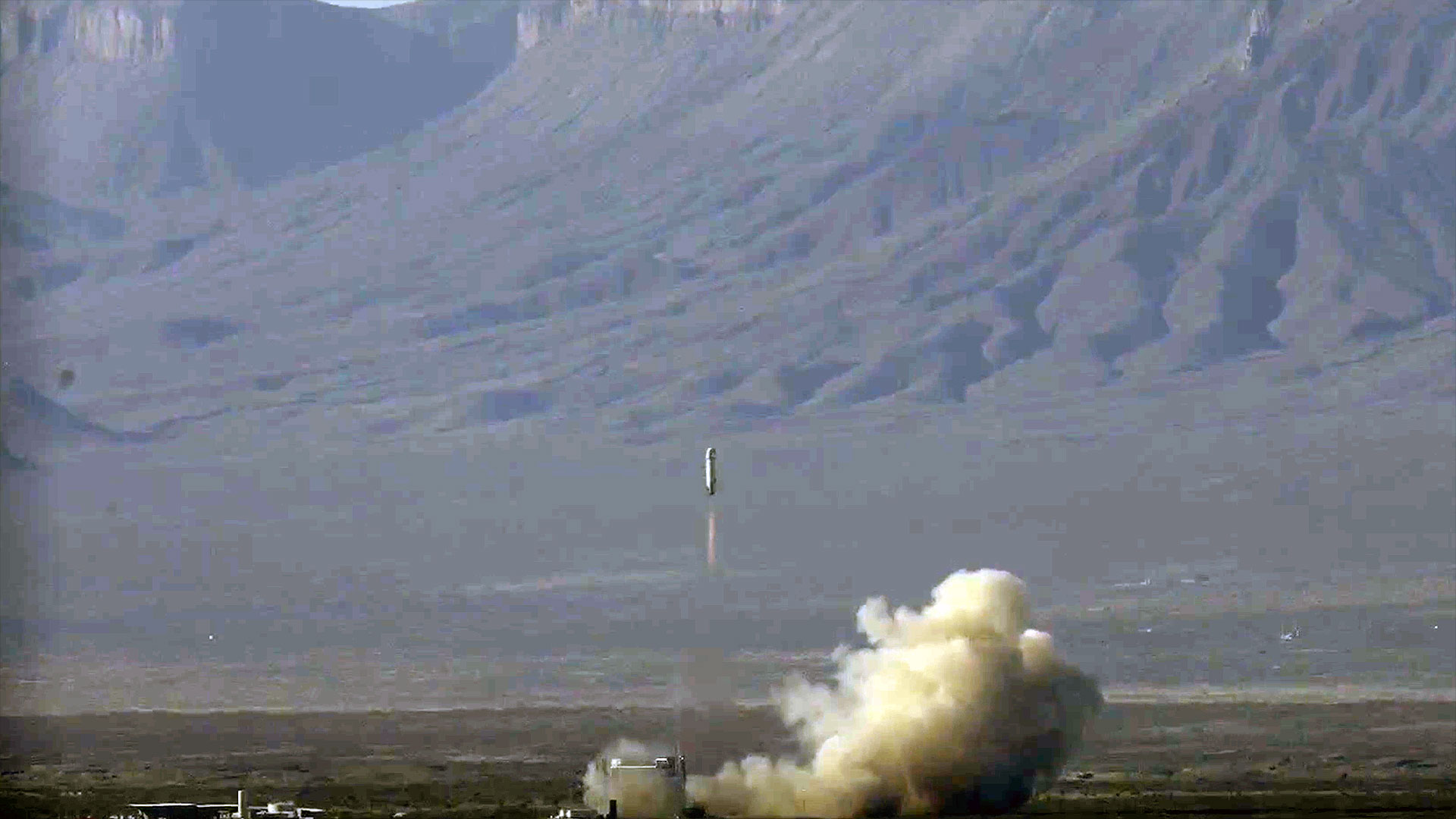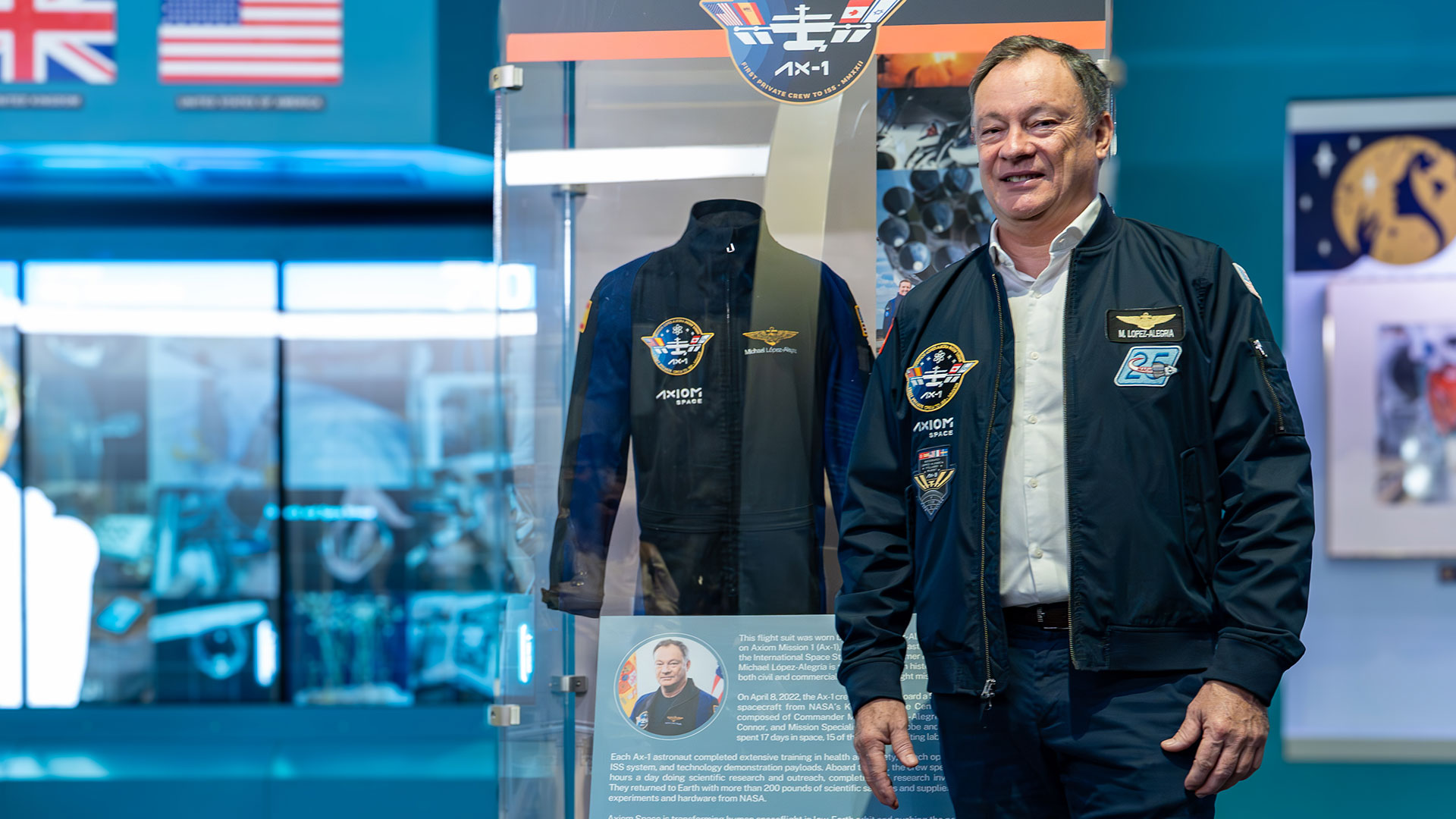Is using a monocular for stargazing worth it? It’s a simple question and holds merit because, after all, from looks alone, a monocular is similar in design to a refractor telescope or one-half of a binocular which are also good for stargazing. Light passes through a series of convex and concave glass elements in a tube assembly and can be focused into the eyepiece for viewing distant objects.
But is it worth buying a monocular for stargazing? We aim to weigh up the balance between affordability, setup time, optical design, usable magnification and convenience to help you make a more informed purchasing decision. So let’s take a look at the first step to investing in a skywatching monocular: Cost.
Stargazing monoculars: Affordability
One of the main benefits of including a monocular in your stargazing tool bag is affordability. It makes sense that having only one optical tube, compared to two in a binocular, may almost halve the monocular’s price. The cost of manufacturing and distribution also reduces due to the smaller form factor and the fact it is lighter.
It’s for the above reasons that it might be advantageous to forego a stereoscopic view from a pair of binoculars, for a monocular view because you can save money whilst retaining high-quality optics and features. Sure, a refractor telescope might give a better view of the night sky but it is far less flexible with daytime use or when traveling. When it comes to value for money, the versatile monocular beats most other stargazing optics pound for pound.
Stargazing monocular: Getting started
The following needs a link to a digimount, a link to a tripod, and more detail on why they are ready to use immediately.
Monoculars can be taken from a pocket or belt pouch and ready to use immediately. Most have tripod fixing points for bird watching, etc., but a tripod is also helpful while stargazing. A tripod enables the monocular to magnify higher without struggling to steady the optic. The disadvantage of using a tripod is the lack of an erect image angle, which can be overcome using a digimount to attach a camera. You can use the large phone screen to improve focusing.
Stargazing monocular: Optical or digital?
ARE THEY? Are digital night vision monoculars REALLY being used for stargazing?
Second para makes a bit of sense, but needs to refer to exact product examples and ‘optical light’ isn’t a thing, but an analogue or optical monocular IS.
Could move to bottom of page… not that important.
As digital image sensor technology has improved over the decades we have seen an influx of digital monoculars. That is, monoculars that have optical assemblies inside but feed light directly to an image sensor, rather than an eyepiece, which is then viewed on a small LCD screen on the device or smartphone.
Digital monoculars are not best placed, in any way we have tested, for decent views of the night sky. The main disadvantages of digital night vision technology in monoculars are the narrow field of view and the quality of the image rendered on the LCD. Sensors are much more capable of capturing the available light, but they still struggle with image noise and grain, primarily if zoom is used. Because of this, we recommend that optical light is better in most stargazing situations.
Stargazing monocular: Magnification
Most consumer monoculars use a magnification range between 8 and 10x, which is okay for viewing subjects during the day but limits the amount of finer detail available when stargazing.
Of course, there are monoculars that feature 20x magnification but with this increase in magnification comes an incrementally restrictive field of view. This makes it hard to hold the monocular steady enough for clear views, so a tripod must be used. While many monoculars do have a tripod adapter built-in, some do not. So it is worth checking our guide to the best monoculars to check which models might be suitable.
We noted in our Python Rangemaster 12×52 review we found that a magnification of 12x is the sweet spot for stargazing with a monocular.
Stargazing monocular: Lens diameter
Monoculars are primarily used for terrestrial viewing and, therefore, don’t usually have the range of sizes of objective lenses that a telescope would use. Typically, sizes range from 20 to 42mm. These sizes limit the available light being sent to the eye and, therefore, affect the detail and color in the images when used at night, especially in areas of high light pollution. There are claims of much bigger diameters than this, but care should be taken about the accuracy of these claims. ‘You get what you pay for’ is an appropriate phrase here. That said, we love the Celestron Outland X 10×50, which has a 50mm objective lens, although the larger size does mean it can’t fit easily into your pocket.
Monoculars are limited in their stargazing ability by the amount of light these diameters allow through the instrument. But this can also be one of their main strengths. As the size of the objective lens increases, so does the size of the monocular, so again, a balance should be found.
Stargazing monocular: Lens and glass coatings
Lens coatings and glass manufacturing processes have improved dramatically over the last few years, increasing the availability of much higher-quality glass at the budget end of the market — not just in the monocular world but across all kinds of skywatching optics like telescopes, binoculars and camera lenses.
A fully multicoated lens is the minimum specification to look out for. These coatings protect the lens from dust and scratches, and decrease the diffraction of light hitting the lens, allowing more to pass through to the eye.
We would also advise looking for monoculars with extra-low dispersion (ED) glass. Due to their light folding characteristics, this technology compensates for color fringing (chromatic aberration) that predominates in monoculars. This is usually denoted as ‘ED’ in the naming convention of a model, as can be seen in our recommendations for the Opticron Explorer WA ED-R 8×42 and Hawke Endurance ED 10×42 but if you are unsure it’s worth taking a closer look at the specifications normally found on the manufacturer website.
Stargazing monocular: Portability
The main advantage of monoculars over other optical devices is their small size. Nothing else combines the ability to enjoy the brighter planets and dark sky objects whilst remaining pocket-sized, like a monocular.
All the monoculars we have tested so far range in length from 71 mm to 890 mm and in weight between 75 g and 579 g. Whereas, some of the best binoculars are regularly weighing in at 1 kg.
The monocular should comfortably fit in a pocket or belt-mounted pouch to preserve this advantage. We would carry one around the neck, but we have found this tends to get the optic snagged on branches, stile tops, etc., while on the move.
Follow us on Twitter @Spacedotcom and on Facebook.

